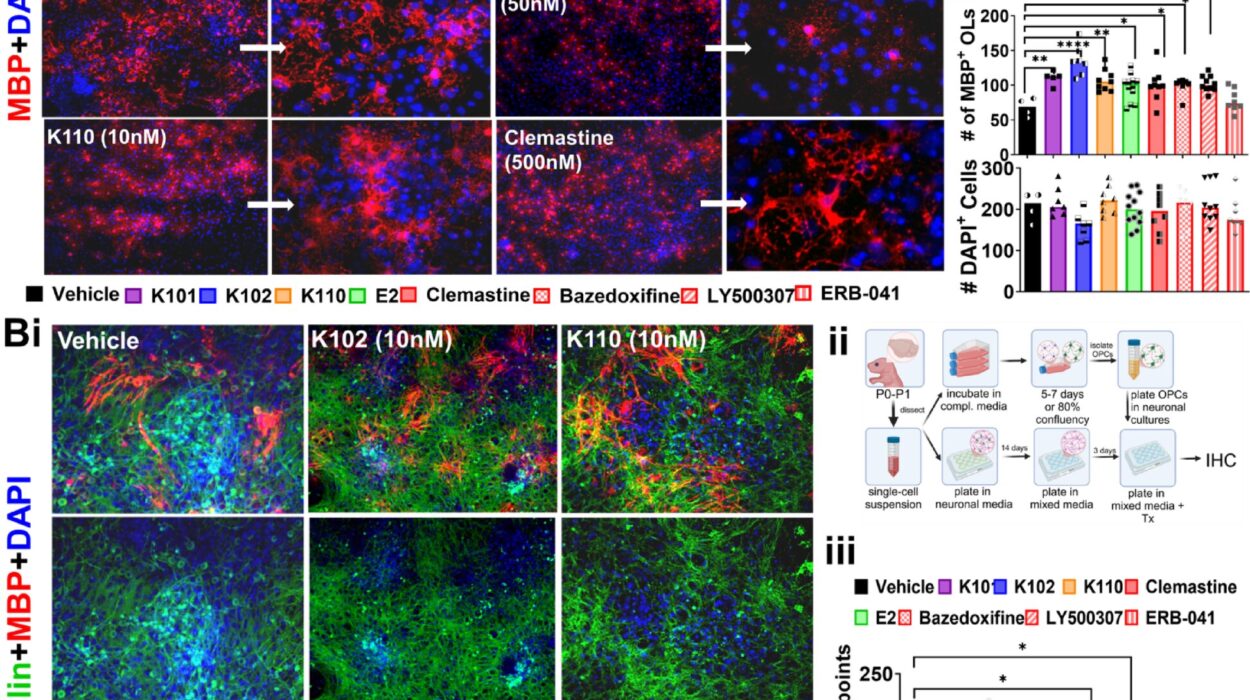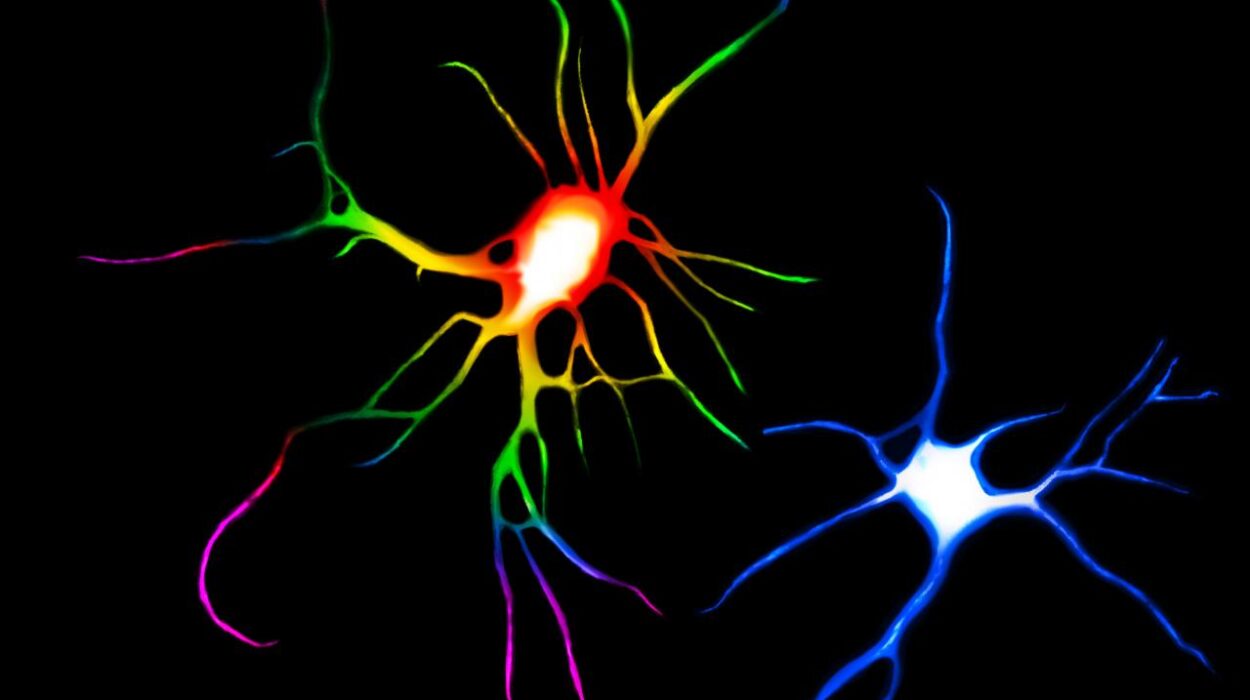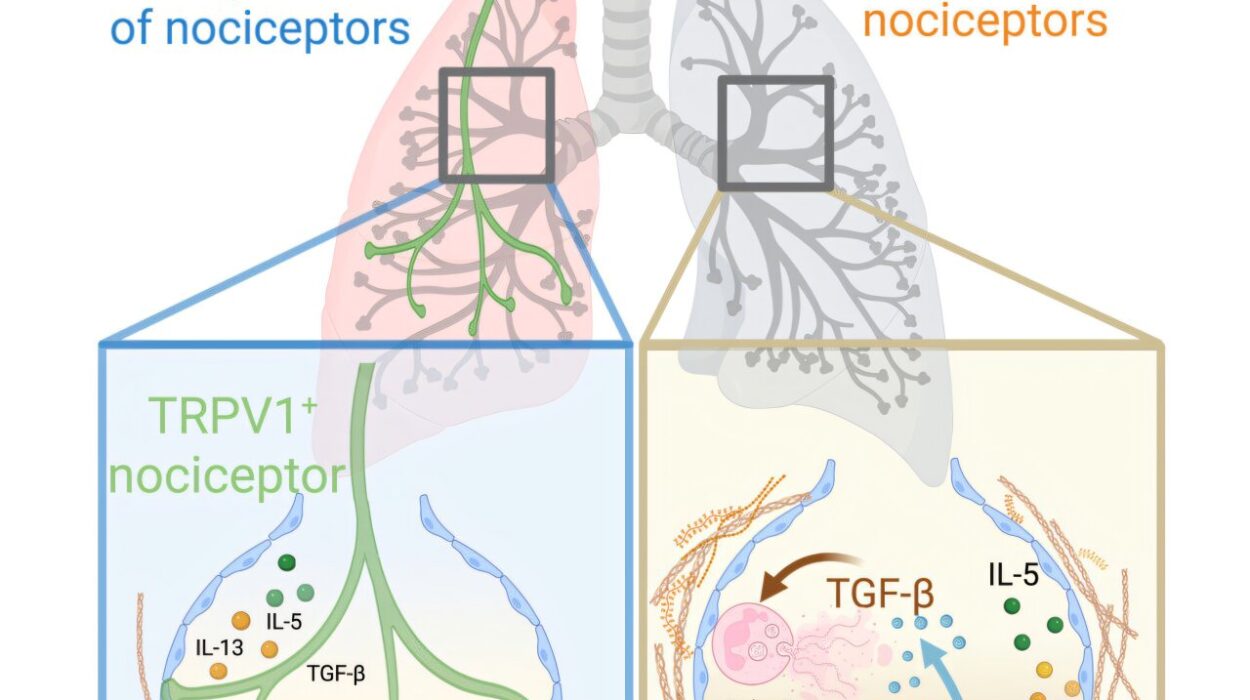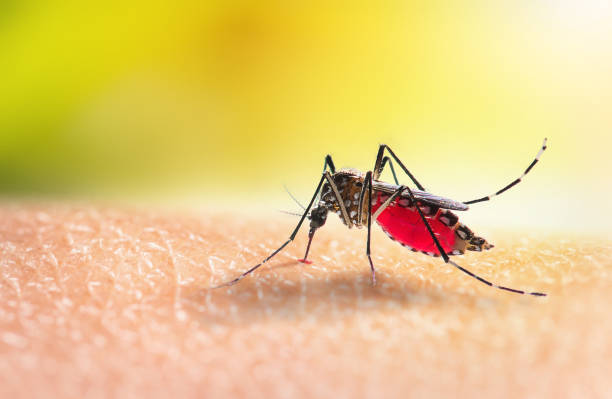Imagine a world teeming with lifeforms that are invisible to the naked eye, yet capable of causing untold damage to living organisms. These lifeforms are viruses, entities so small that millions could fit in a single drop of water, yet they wield the power to infect, alter, and sometimes even destroy entire ecosystems, including the human body.
Despite being invisible to the naked eye, viruses are far from inconsequential. In fact, they are some of the most successful and influential entities in biology. Their impact on human health is profound—spanning from the common cold to more devastating diseases like HIV, influenza, and the coronavirus pandemic that gripped the world in 2020. But what are viruses, and how do they manage to hijack the body’s own systems to achieve their goals?
In this journey into the world of viruses, we’ll explore their biology, mechanisms of infection, the body’s immune response, and how modern science is racing to outsmart these tiny, insidious invaders.
The Nature of Viruses: Neither Alive Nor Dead
Viruses are unlike any other organism. They don’t fit neatly into our traditional understanding of life. While bacteria and fungi are made of cells and can reproduce on their own, viruses are a strange exception. They are not truly “alive” in the conventional sense. A virus cannot carry out any metabolic processes on its own—no breathing, no digestion, and certainly no movement. Instead, viruses are made up of just a few components: genetic material (either DNA or RNA) encased in a protein coat, sometimes with an outer lipid envelope.
When a virus is outside a host organism, it is considered inert. It can’t reproduce, grow, or even perform basic functions. But once inside a host cell, viruses reveal their true nature: parasitic invaders capable of taking over the cellular machinery for their own reproduction. This is why they are often described as biological “hijackers.”
The genetic material inside a virus contains instructions for how to make new viruses, but it doesn’t have the necessary machinery to carry out those instructions. The virus must rely entirely on the host cell’s machinery to reproduce and propagate itself. To achieve this, viruses must first find a suitable host cell and then trick it into doing their bidding.
The Virus Lifecycle: Infiltration and Control
The lifecycle of a virus can be broken down into several stages, each more insidious than the last. To understand how viruses infect, it’s crucial to grasp the intricate steps involved in this microscopic battle.
Attachment and Entry
The first step in a viral infection is the virus’s ability to find and bind to a host cell. This is where specificity comes into play. Viruses are highly selective in choosing which cells they infect, and they achieve this by recognizing particular proteins or receptors on the surface of a host cell. These receptors are specific to certain types of cells, meaning that a virus might only be able to infect particular tissues or organs.
For instance, the coronavirus (SARS-CoV-2) targets the ACE2 receptor on human cells, which is abundant in cells lining the lungs, heart, and other organs. Once the virus’s outer protein coat (or spike proteins in the case of SARS-CoV-2) attaches to these receptors, the cell is tricked into allowing the virus entry.
This entry can occur through several mechanisms: fusion with the cell membrane or endocytosis, where the virus is engulfed by the host cell. Once inside, the virus uncoats itself, shedding its protective protein coat to release its genetic material.
Hijacking the Cell’s Machinery
Once the viral genetic material is free within the host cell, it begins the process of commandeering the cell’s machinery. This is where viruses show their true parasitic nature. The virus’s genetic code—either DNA or RNA—contains instructions for creating new viral proteins and replicating the virus itself. However, the host cell does not recognize these viral instructions as part of its own machinery.
Instead, the virus forces the host cell to use its ribosomes, enzymes, and other structures to begin producing viral components. This includes replicating the virus’s genetic material and making new viral proteins. These proteins are then assembled into new viral particles, or virions.
At this point, the host cell is under complete control. It stops performing its normal functions and instead becomes a virus-producing factory. The process can be incredibly fast, with some viruses making thousands of copies in just a few hours. The host cell, unable to continue its normal activities, may begin to break down or even explode, releasing new viral particles to infect nearby cells.
Exit and Spread
Once enough new virus particles have been assembled, the next step is for them to exit the host cell and spread to other cells. This is typically done through one of two methods: lysis or budding.
In lysis, the host cell bursts open, releasing a flood of new viruses into the surrounding tissue. This can cause widespread damage to the tissue, as the infected cells die in the process. On the other hand, some viruses use budding, in which they leave the host cell by taking part of the cell membrane with them. This allows the virus to exit the cell more gradually, often without immediately killing the cell.
Both methods of exit enable the virus to continue its spread throughout the host organism, starting the cycle of infection over again.
The Immune System’s Response: The Body Fights Back
When a virus infects the body, it doesn’t go unnoticed. The immune system is always on alert for signs of foreign invaders, and it mounts a series of defenses to neutralize the threat. The immune response can be divided into two main components: the innate immune system and the adaptive immune system.
Innate Immunity: The First Line of Defense
The innate immune system is the body’s first line of defense. It reacts quickly to general threats and is nonspecific in its response. When a virus enters the body, cells in the affected area release signaling molecules called cytokines. These molecules trigger an inflammatory response, which helps to isolate the infection and recruit immune cells to the site of invasion.
Natural killer (NK) cells, a type of immune cell, are one of the first responders to viral infections. They recognize and destroy infected cells by detecting the changes in surface proteins that occur when a cell is infected. The innate immune system also includes various molecules like interferons, which interfere with viral replication by making nearby cells more resistant to infection.
However, the innate immune system is not always enough to stop a viral infection on its own. It may slow the virus down, but the adaptive immune system is often required for long-term defense.
Adaptive Immunity: Targeted Precision
The adaptive immune system, unlike the innate response, is highly specific and can “learn” to recognize individual pathogens over time. It involves two primary players: B cells and T cells.
B cells are responsible for producing antibodies—proteins that specifically recognize and bind to viral particles. These antibodies neutralize the virus by preventing it from entering host cells or marking it for destruction by other immune cells. Once the body has been exposed to a particular virus, memory B cells can remember that virus and produce antibodies much faster during subsequent exposures.
T cells, on the other hand, come in two main varieties: cytotoxic T cells and helper T cells. Cytotoxic T cells directly attack and destroy infected cells, while helper T cells coordinate the immune response by activating other immune cells.
The adaptive immune response is slower to kick in than the innate response, often taking several days to become fully active. But once it does, it can mount a highly targeted and effective defense, clearing the body of the viral invader and preventing future infections.
When the Immune System Fails: Chronic Infection and Autoimmunity
While the immune system is generally quite effective at eliminating viral infections, there are cases where the virus can evade immune surveillance or even manipulate the immune response. Some viruses, such as HIV, are able to persist in the body for years by hiding within certain cells, such as T cells, and slowly degrading the immune system’s ability to fight back.
In some cases, the immune response itself can become a problem. Autoimmune diseases, where the immune system mistakenly targets healthy cells, can be triggered by viral infections. For example, the Epstein-Barr virus (EBV) has been linked to the development of autoimmune conditions like multiple sclerosis.
Similarly, some viruses, such as the hepatitis C virus, can lead to chronic liver disease, cirrhosis, or even liver cancer, causing long-term harm even after the immune system has failed to eradicate the virus.
The Rise of Antiviral Drugs and Vaccines
Throughout history, humanity has faced viruses with varying degrees of success. Some, like smallpox, have been eradicated through global vaccination efforts, while others remain formidable threats. However, modern science has made tremendous strides in combating viral infections through the development of antiviral drugs and vaccines.
Antiviral drugs work by targeting specific steps in the viral lifecycle. For example, protease inhibitors can block the virus’s ability to process proteins needed for reproduction, while reverse transcriptase inhibitors target the replication of viral RNA. These drugs are particularly effective for treating chronic infections like HIV and Hepatitis C.
Vaccines, on the other hand, train the immune system to recognize and fight off specific viruses without causing the disease. Through vaccination, we can prevent diseases like measles, polio, and influenza, protecting individuals and communities alike. In the case of COVID-19, vaccines based on mRNA technology have proven to be a groundbreaking development in the fight against viral infections, offering a new approach to vaccine design.
Conclusion: The Never-Ending Battle
Viruses, with their ability to evolve, adapt, and exploit the body’s vulnerabilities, will always remain a threat to human health. Their simple yet effective methods of infection make them one of nature’s most formidable adversaries. However, the human body’s immune system, combined with the power of modern medicine, continues to evolve in response to these invisible invaders.
By understanding how viruses work—from their ability to hijack host cells to their ability to evade the immune system—we can better prepare ourselves for the ongoing battle against viral infections. The future of medicine lies in both our ability to outsmart these microscopic invaders and our relentless pursuit of knowledge in the face of viral challenges.






